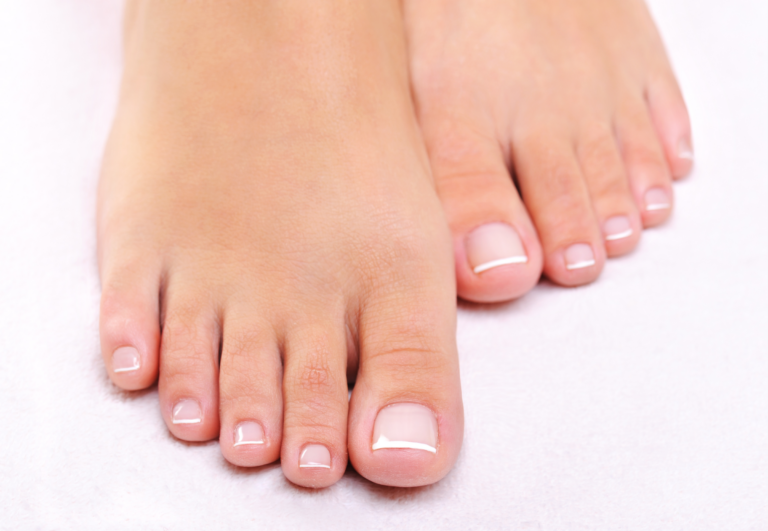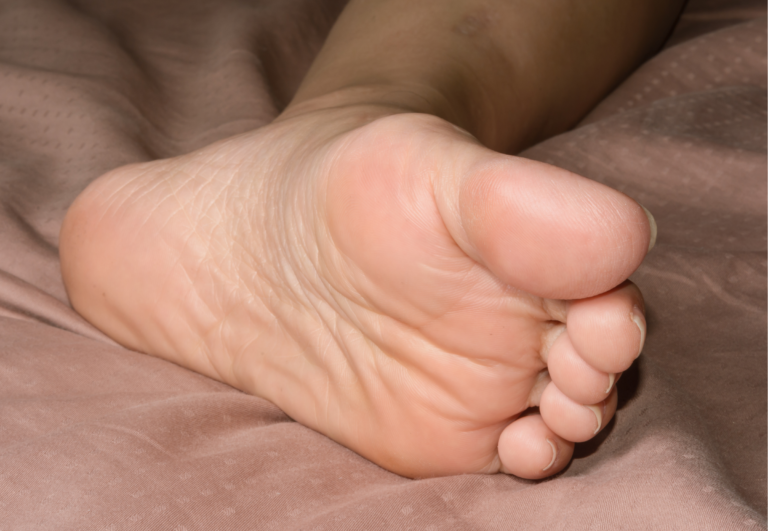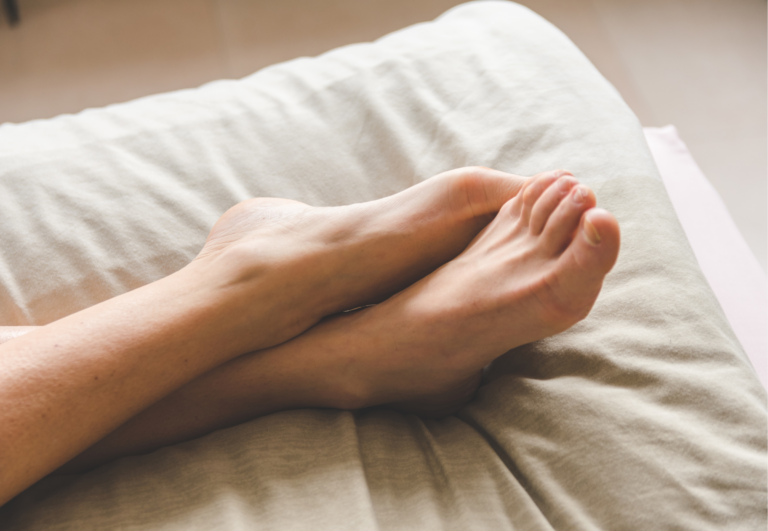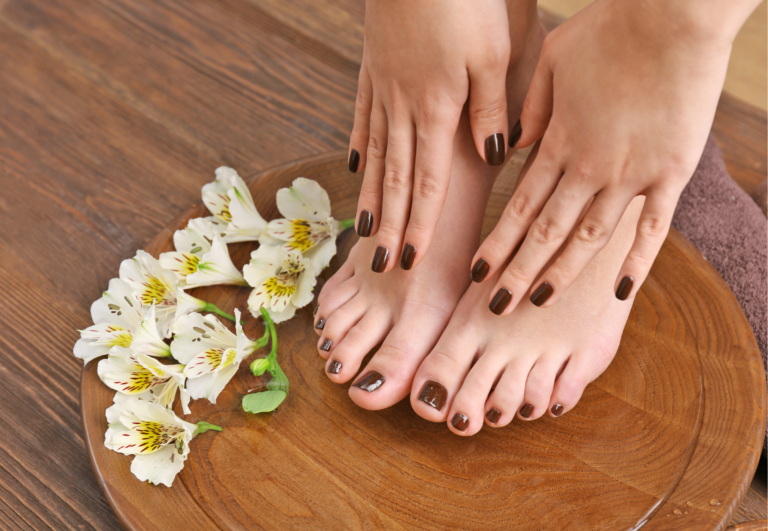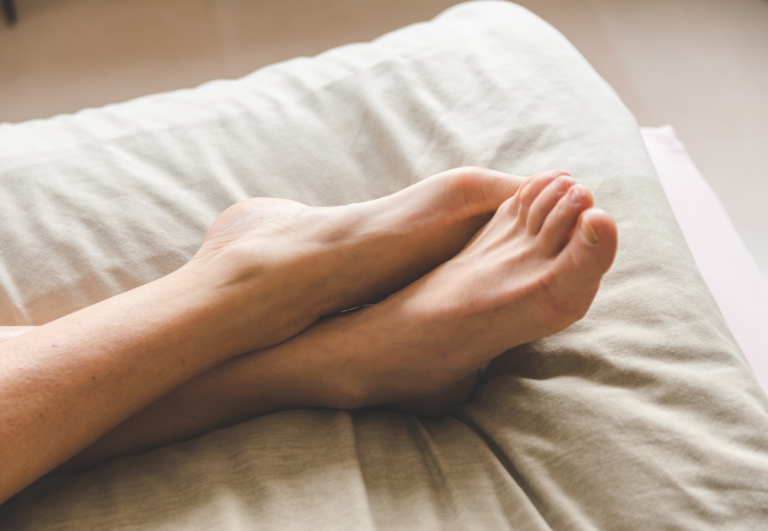How to Use Toe Spacers for Chronic Foot Condition Management: A Practical Guide
Toe spacers have become an invaluable tool in managing chronic foot conditions and enhancing foot comfort. Through my extensive experience with toe spacers, I’ve found that they can make a significant difference for those who suffer from foot pain due to conditions like bunions, hammertoes, or simply from wearing tight shoes. They work by realigning the toes to their natural position, which can alleviate pressure and pain.
Incorporating toe spacers into your foot care regimen is an effective way to proactively address foot discomfort. For many of my clients, regular use of toe spacers not only provides immediate relief but also supports the long-term health of their feet. It’s a simple, yet often overlooked, step towards maintaining foot health and improving overall comfort.
Proper Usage of Toe Spacers for Chronic Foot Conditions
Toe spacers can be used to help manage various chronic foot conditions by promoting proper toe alignment and reducing pressure on the toes. Here’s a list of specific chronic conditions and recommendations for using toe spacers:
- Bunions: Toe spacers can help by keeping the big toe in a straighter position, potentially slowing the progression of the bunion and providing pain relief.
- Hammertoes: By separating and straightening the toes, toe spacers can reduce the contracture of hammertoes and provide comfort.
- Plantar Fasciitis: While toe spacers do not directly treat plantar fasciitis, proper toe alignment can improve foot mechanics, which may indirectly alleviate some stress on the plantar fascia.
- Metatarsalgia: By spreading the toes, toe spacers can help redistribute weight across the metatarsal heads and relieve pressure that causes pain in the ball of the foot.
- Overlapping Toes: Toe spacers can gently encourage proper spacing, which can help in reducing the discomfort caused by overlapping toes.
- Morton’s Neuroma: Separating the toes can reduce pressure on the affected nerve between the toes, which can help alleviate pain associated with Morton’s neuroma.
Recommendations for using toe spacers for chronic foot conditions include:
- Consult a Professional: Before using toe spacers, consult with a healthcare provider or podiatrist, especially if you have a chronic foot condition.
- Start Slowly: Begin by wearing toe spacers for short periods to allow your feet to adjust and gradually increase usage time.
- Monitor for Discomfort: If you experience increased pain or discomfort, discontinue use and seek advice from a healthcare professional.
- Combine with Other Treatments: Use toe spacers as part of a broader treatment plan, which may include exercises, orthotics, or changes in footwear.
- Proper Fit: Ensure that the toe spacers fit well and do not cause excessive pressure or constriction, which could worsen your condition.
It’s important to remember that while toe spacers can provide relief for some individuals, they may not be suitable for everyone or every condition. Always follow the guidance of a healthcare professional for personalized advice and treatment plans.

Daily Use and Activities
Toe spacers are designed for everyday comfort and can be worn during a range of activities. In your daily routine, consider these guidelines:
- For static activities like standing or sitting, spacers can be used to maintain proper toe alignment.
- When engaging in dynamic activities, such as walking or household chores, ensure your toe spacers fit well within your footwear to prevent any discomfort.
Advanced Techniques and Exercises
Toe spacers can also be beneficial when performing foot exercises to enhance strength and flexibility.
- Incorporate them into yoga or stretching sessions to support proper toe alignment.
- Use spacers while doing specific foot exercises, such as toe curls or spreads, to promote muscle recovery and progress in your treatment plan.
Wearing Schedule and Duration
Gradual introduction of toe spacers is essential to allow your feet to adjust.
- Start with 30 minutes of wear and incrementally increase the duration as comfort permits.
- Aim for consistent use to see gradual improvement in foot health.
Cautions and Considerations
When using toe spacers, pay attention to the following to avoid any adverse effects:
- If you experience pain or discomfort, discontinue use and consult with a foot specialist.
- Individuals with conditions such as diabetes or sensitive skin should use toe spacers with caution due to the risk of inflammation or allergies and consider consulting a healthcare professional.
Toe Spacers in Specialized Settings
Toe spacers are invaluable for managing chronic foot conditions across various specialized settings. They help improve balance, enhance foot strength, and aid in recovery, making them an essential tool for athletes, individuals undergoing rehabilitation, and those receiving podiatric care.
Sports and Athletic Performance
In the realm of sports, I’ve observed that athletes use toe spacers to improve balance and foot strength. This aids in overall athletic performance, as proper toe alignment contributes directly to stability and power distribution during movement. It’s not uncommon for runners or dancers, for example, to incorporate toe spacers into their training regimens to prevent pain and injuries associated with tight footwear.
Therapeutic and Post-Surgical Use
Post-surgery, toe spacers assist in the rehabilitation process, providing support to the foot’s natural structure during recovery. For those with foot deformities, such as bunions or hammertoes, these tools are part of a broader therapy plan that often includes specific foot exercises. Consistent use of toe spacers under a healthcare professional’s guidance can facilitate a smoother and potentially faster recovery.
Podiatry and Professional Care
During my time working closely with podiatrists, I can attest that they often recommend toe spacers as part of a treatment plan for various foot conditions.
Healthcare professionals might suggest toe spacers for patients to use in tandem with other professional care methods, to realign the toes and alleviate pressure on the foot during the healing process. For those with chronic issues, such as overlapping toes or flat feet, toe spacers are a non-invasive option to improve comfort and foot function.
Maintenance and Long-Term Care
In my experience, ensuring the longevity and effectiveness of toe spacers revolves around proper cleaning, timely replacement, and adjusting to the foot’s evolving needs.
Cleaning and Storage
Cleaning: Since toe spacers are in direct contact with the skin, maintaining hygiene is crucial for foot health. Most quality toe spacers are made from silicone, a material that’s not only comfortable but also easy to clean. After each use, I suggest washing them with soapy water, rinsing thoroughly, and drying completely before storage.
Storage: To prevent deformation and contamination, store your toe spacers in a cool, dry place away from direct sunlight. If they came with a storage case, use it; otherwise, a clean, dry container will do.
Lifespan and Replacement
Lifespan: The durability of toe spacers depends on the material and quality. Silicone spacers can last several months to years with proper care. However, signs of wear such as thinning, tearing, or loss of shape indicate it’s time for a replacement.
Replacement: Regular inspection is part of ongoing management. I replace my spacers when they show signs of deterioration, as compromised spacers may not provide the intended support, which could affect comfort and treatment progress.
Adapting to Changing Conditions
Ongoing Management: As your foot condition progresses or changes, it’s necessary to adjust your toe spacer routine. Stay attuned to your comfort and the fit of the spacers—switching to different sizes or shapes might be needed to match your changing needs.
Changing Needs: Consult with a foot care specialist to determine if your foot health requires different types of spacers. Silicone spacers come in various densities and designs, each addressing specific conditions and stages of recovery or maintenance.
Toe Spacer Overview
Toe spacers are devices designed to improve foot health by addressing issues caused by conventional footwear. They realign the toes, enhance balance, and promote stronger foot muscles.
Types and Materials
Toe spacers come in various materials such as silicone, gel, and foam. Silicone spacers are durable and maintain their shape, offering a balance between flexibility and firmness. Gel spacers provide cushioning and can adapt to the toes’ contours, while foam options may offer comfort but less structural support.
Benefits of Toe Spacers
Regular use of toe spacers can lead to numerous benefits, such as improved foot strength, balance, and flexibility. They can increase blood flow and mobility in the feet, which may alleviate pain from bunions, hammertoe, corns, and calluses. Additionally, they could benefit those with plantar fasciitis, flat feet, or rheumatoid arthritis.
Identifying Your Needs
When considering toe spacers, assess any foot problems you experience, like discomfort from narrow toe boxes in fashion footwear. Reflect on personal issues such as arch support needs or recurring foot pain to help identify the correct spacer for you.
Toe Spacer Selection Guide
A selection guide:
- Materials: Choose silicone or gel for reuse and foam for single-use.
- Design: Look for those that fit your specific condition (e.g., bunions).
- Pressure: Find spacers that distribute pressure evenly.
- Price: Invest in spacers that are highly-rated but also fit your budget.
Fitting and Sizing
Getting the right size is crucial for comfort and effectiveness. Measure your foot and toes to ensure the spacer fits well within your shoes, especially if you have foot conditions requiring more space. Footwear with adequate room in the toe box is essential when using spacers.
Additional Tips and Resources
Incorporating toe spacers into your routine can significantly enhance foot health. I’ll share some practical tips and reliable resources to complement your use of toe spacers, ensuring maximum comfort and improved mobility.
Accessories and Complementary Products
Footwear:
Choose shoes with a wide toe box to accommodate toe spacers. I recommend seamless interiors to avoid irritation.
- Insoles and Arch Support:
Look for insoles that provide stability without constriction, and use arch supports that allow natural foot motion.
- Compression Socks:
They can improve circulation and reduce swelling when used alongside toe spacers.
Product Pairing Table:
| Product Type | Purpose | Recommended Use |
|---|---|---|
| Wide Toe Box Footwear | Accommodates toe spacers | Daily wear for ease and comfort |
| Seamless Insoles | Provides stability with comfort | With footwear for improved support |
| Compression Socks | Improves circulation and swelling | With toe spacers during recovery |
Lifestyle Adjustments for Foot Health
Posture and Biomechanics:
Improving posture and understanding your body’s biomechanics are crucial for managing foot conditions. Proper walking habits reduce strain on feet.
- Exercise Routine:
Gentle stretching and strengthening exercises enhance foot condition management. It aids in mobility and foot muscle health.
Key Lifestyle Changes:
| Change | Benefit | How to Implement |
|---|---|---|
| Improve Posture | Reduces strain on feet | Mindful alignment when standing |
| Biomechanics Study | Understands individual foot stresses | Professional gait analysis recommended |
| Regular Exercise | Enhances foot muscle health | Include foot-specific exercises |
Online Communities and Support
Forums and Support Groups:
Engage with people who share similar challenges through forums. Support groups offer a wealth of knowledge, including testimonials and product reviews.
- Engagement:
Be active in discussions to learn from others’ experiences. It’s a way to discover new tips for foot health.
Community Engagement Tips:
| Action | Purpose | Tips for Engagement |
|---|---|---|
| Join Forums | Exchange knowledge and experiences | Look for foot health and toe spacer forums |
| Attend Groups | Gain emotional and practical support | Participate in local or online meetings |
| Read Reviews | Make informed decisions on products purchase | Check for reputable sources and testimonials |
By carefully selecting your products and making informed lifestyle adjustments, you can effectively manage foot conditions with toe spacers. Connect with online communities for additional support and to share your journey toward better foot health.
